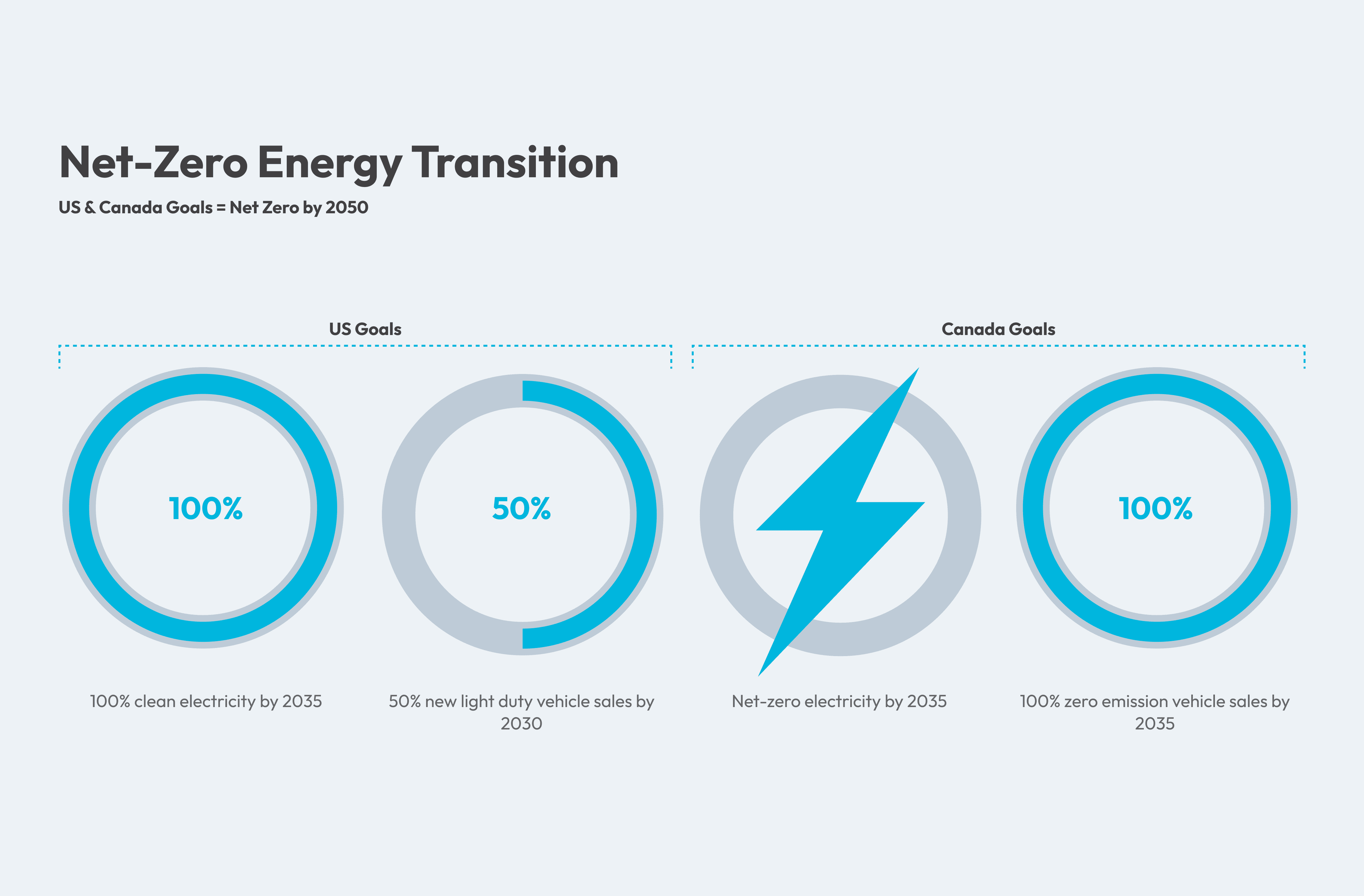While copper is an essential metal for our everyday lives, it has also become increasingly important as a foundational material for the world’s transition to a low-carbon future.
The production, transmission and distribution of renewable energy and the manufacture of associated technologies – such as solar arrays, wind turbines and electric vehicles – simply could not be undertaken without copper. Due to its conductivity, its ductility and cost, there is currently no viable alternative to copper in many electrical applications.
In addition, copper is 100% recyclable and therefore sustainable in itself!
Copper Supply Hangs in the Balance
In 2022, market intelligence experts at S&P Global published a landmark study on copper and the critical role it will play in helping transition the world to a low-carbon future.
Titled, ‘The Future of Copper: Will the looming supply gap short-circuit the energy transition?’, the S&P Global report was co-sponsored by Taseko and a consortium of 14 global copper companies. In addition to predicting a doubling of worldwide copper demand by 2035, the experts at S&P Global warn that unprecedented copper supply shortfalls could develop in the years ahead that will have serious consequences for the global economy, and even threaten efforts to combat climate change.
The potential for copper shortages to occur in the years ahead may challenge the efforts of Canada and the United States to achieve net-zero goals, as outlined below.
Key findings from The Future of Copper study include:
- Worldwide copper demand is forecast to grow from 25 million metric tons (MMt) in 2021 to 50 MMt by 2035, a record-high level that will continue to rise to 53 MMt by 2050.
- Copper supply shortfalls are predicted to begin in 2025 and persist through most of the following decade. The worldwide copper supply gap could reach an unprecedented 9.9 MMt by 2035.
- Copper scarcity may emerge as a key destabilizing threat to international security, and place unprecedented strains on global supply chains.
- Domestic copper production accounts for about half of U.S. requirements today. By 2035, the country is expected to rely on foreign producers for 57 - 67% of its annual copper needs.
